Description
View of Emmerich by Jan van Goyen printed on a Hoodie
The bell tower of the church of Saint Bavo in Haarlem gives this small but extraordinary panoramic view an appearance of topographic accuracy. In fact, the landscape knits together features of several different drawings from van Goyen’s sketchbooks, some observed from the heights of the bell tower itself. The panoramic viewpoint and the use of atmospheric perspective, whereby the more distant elements appear green or blue, connect van Goyen’s scene to the much earlier Netherlandish landscapes on view in this gallery.
About the Hoodie
Modern fit
It provides a more tailored look than a regular fit
Comfortable
The fabric and fit of this item are extra comfy
Tear-away tag
Easily removable tear-away tag that allows you to add a custom inside label
Premium quality
The product is made from premium, high-quality materials
Classic unisex hoodie with a front pouch pocket and matching flat drawstrings. The 100% cotton exterior makes this hoodie soft to the touch.
- 65% ring-spun cotton, 35% polyester
- Charcoal Heather is 60% ring-spun cotton, 40% polyester
- Carbon Grey is 55% ring-spun cotton, 45% polyester
- 100% cotton face
- Fabric weight: 8.5 oz./yd.² (288.2 g/m²)
- Front pouch pocket
- Self-fabric patch on the back
- Matching flat drawstrings
- 3-panel hood
- Tear-away tag
Jan van Goyen (1596-1656)
Jan Josephszoon van Goyen was a Dutch landscape painter. Van Goyen was an extremely prolific artist; approximately twelve hundred paintings and more than one thousand drawings by him are known.
Jan van Goyen was the son of a shoemaker and started as an apprentice in Leiden, the town of his birth. Like many Dutch painters of his time, Jan van Goyen studied art in the town of Haarlem with Esaias van de Velde. At age 35, he established a permanent studio at Den Haag (The Hague). Crenshaw tells (and mentions the sources) that van Goyen’s landscape paintings rarely fetched high prices, but he made up for the modest value of individual pieces by increasing his production, painting thinly and quickly with a limited palette of inexpensive pigments. Despite his market innovations, he always sought more income, not only through related work as an art dealer and auctioneer but also by speculating in tulips and real estate. Although the latter was usually a safe avenue of investing money, in van Goyen’s experience it led to enormous debts. Paulus Potter rented one of his houses. Though he seems to have kept a workshop, his only registered pupils were Nicolaes van Berchem, Jan Steen, and Adriaen van der Kabel. The list of painters he influenced is much longer.
In 1652 and 1654 he was forced to sell his collection of paintings and graphic art, and he subsequently moved to a smaller house. He died in 1656 in The Hague, still unbelievably 18,000 guilders in debt, forcing his widow to sell their remaining furniture and paintings. Van Goyen’s troubles also may have affected the early business prospects of his student and son-in-law Jan Steen, who left The Hague in 1654.

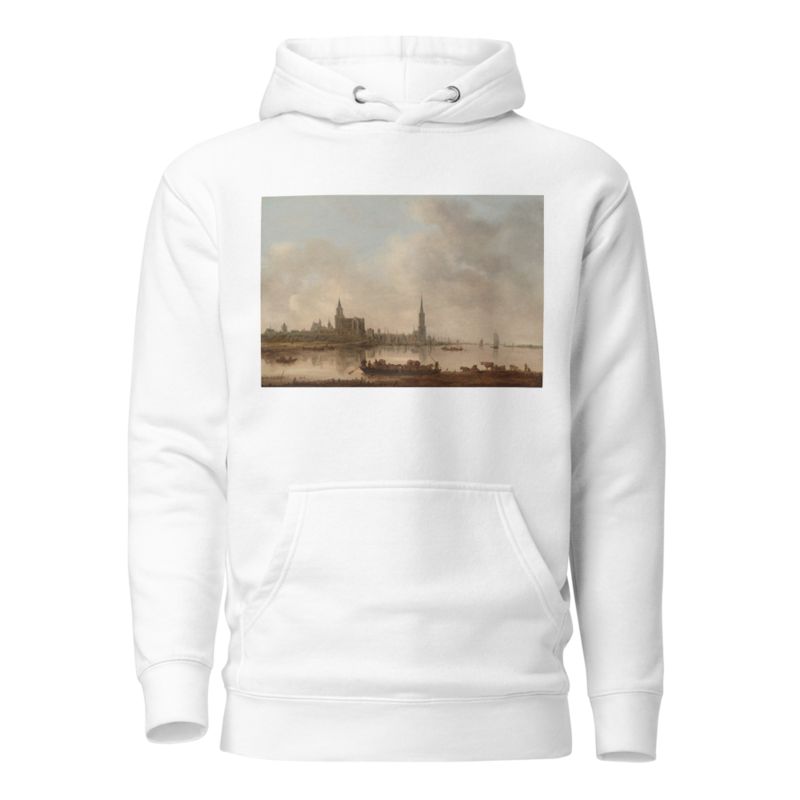
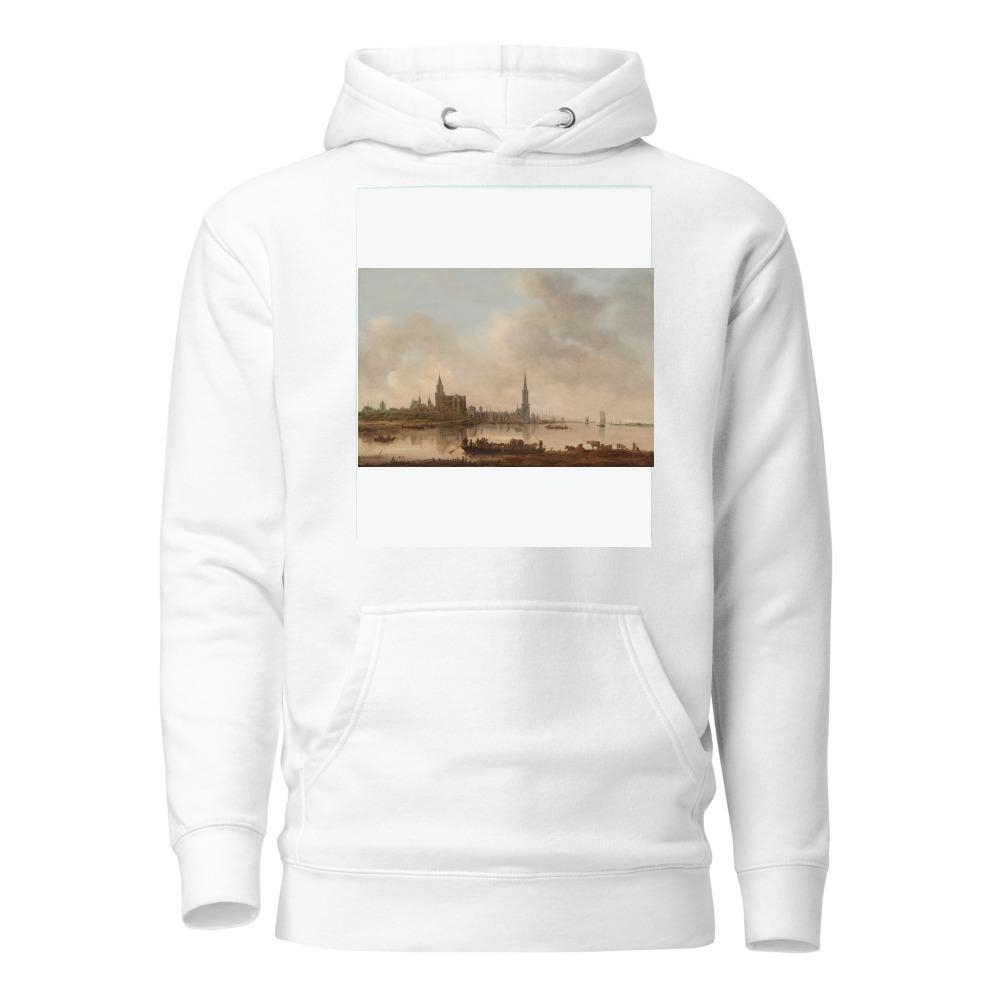
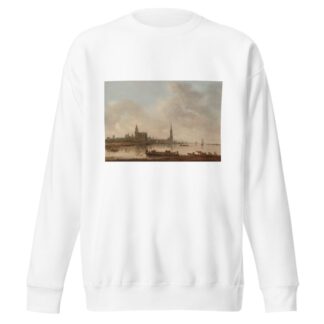
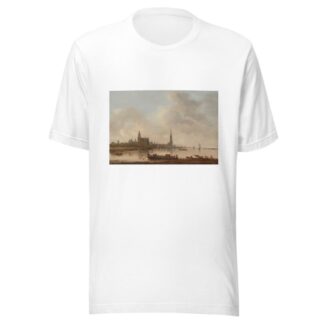
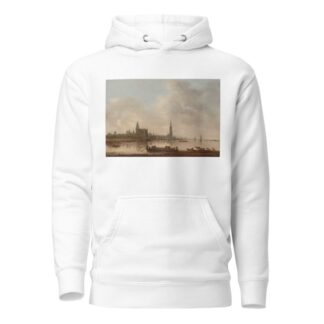
Reviews
There are no reviews yet.